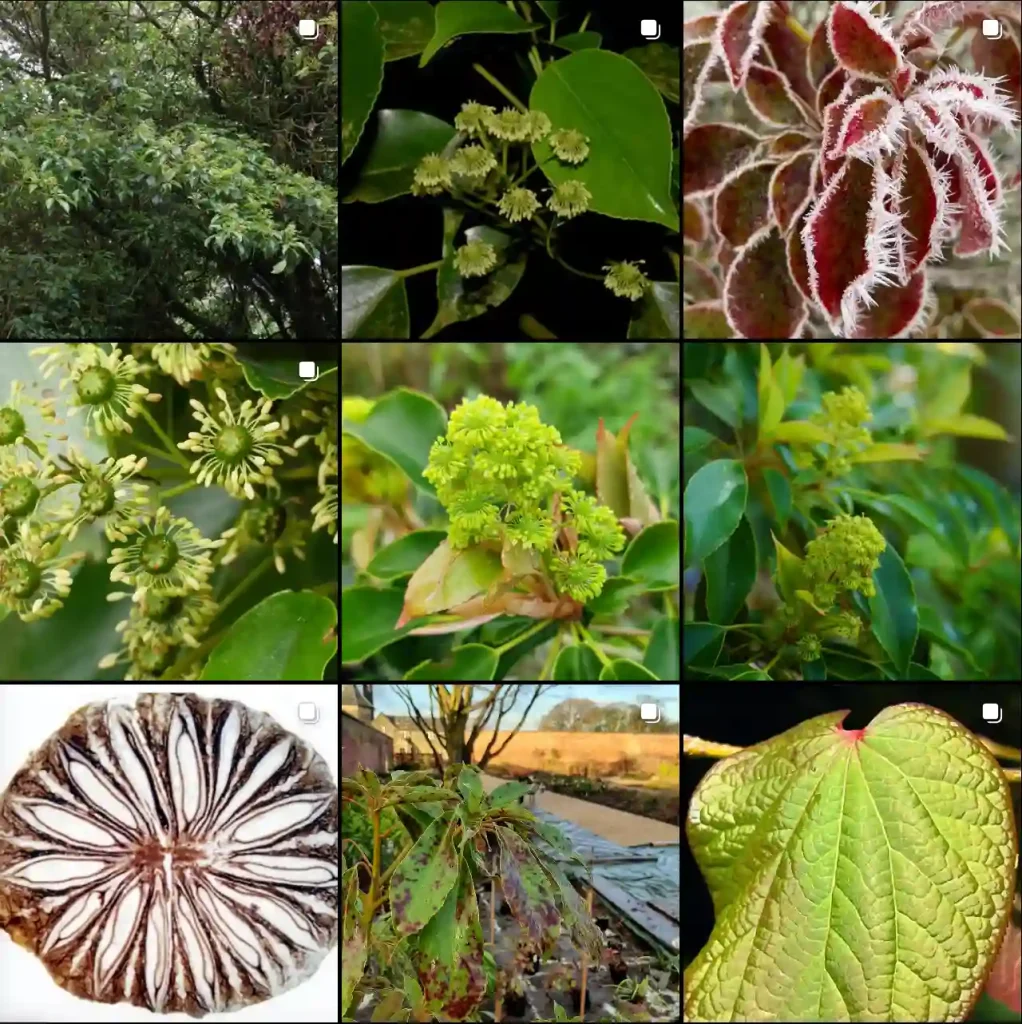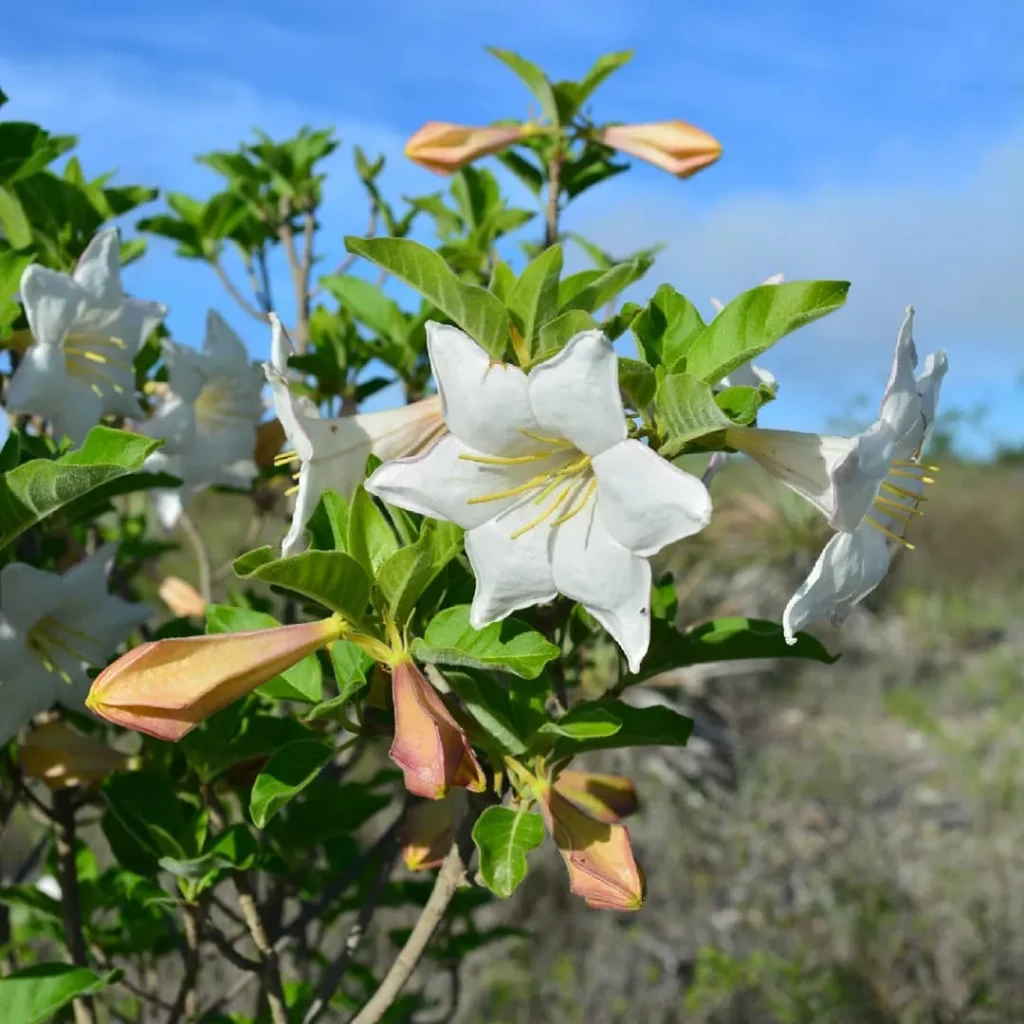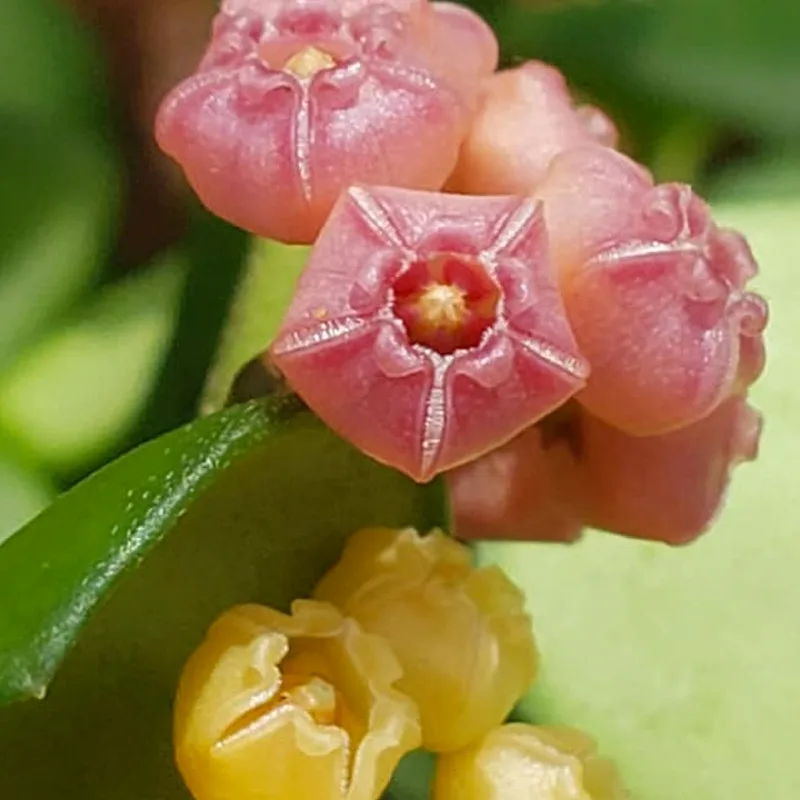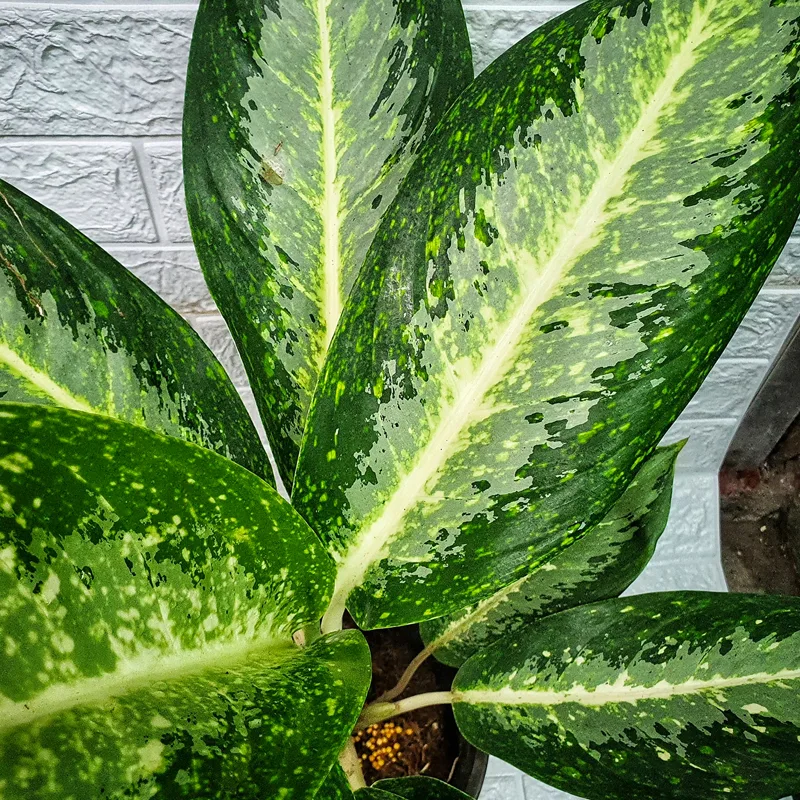Monstera Dissecta: Unveiling the Beauty of the Lacy Leaf
Hi, Ferb Vu here, and I’m obsessed with a plant – the Monstera Dissecta. This stunning climber isn’t your average Monstera. With its deeply lobed, almost lacy leaves, it brings a touch of the rainforest indoors. But before you rush out and snag one, let’s delve into the world of Monstera Dissecta.
67 Species in Genus Monstera
What Makes Monstera Dissecta Special?
The Monstera Dissecta stands out for its unique foliage. Unlike its cousin, the Monstera Deliciosa (Swiss Cheese Plant), the Dissecta boasts deeply cut leaves, resembling intricate lace. These leaves unfurl whole initially, then transform as the plant matures, developing dramatic splits and fenestrations.
This climbing vine thrives in warm, humid environments, making it a perfect addition to any tropical-inspired space. Let it climb a moss pole or trellis, and watch it gracefully unfurl its verdant canopy.
How to care for Monstera Dissecta?
While it may hail from the rainforests, caring for a Monstera Dissecta isn’t rocket science. Here’s the lowdown:
- Light: This leafy friend craves bright, indirect sunlight. Avoid harsh, direct sun, which can scorch the leaves.
- Water: Water deeply when the top inch of soil dries out. Don’t let it sit in soggy soil, which can lead to root rot.
- Humidity: Mimic the rainforest by providing high humidity. Use a humidifier, pebble tray, or group your plants together to boost moisture levels.
- Soil: A well-draining, airy potting mix is key. Look for a mix specifically formulated for aroids.
- Fertilizer: During the growing season (spring and summer), feed your Monstera Dissecta a balanced, diluted fertilizer once a month.
- Support: As it climbs, provide a moss pole or trellis for support. This encourages upward growth and helps the plant develop its stunning, mature leaves.
Is Monstera Dissecta Right for You?
Here’s a quick rundown to see if this beauty aligns with your plant parenting style:
Pros:
- Unique foliage: The lacy leaves add a touch of drama and elegance to any room.
- Relatively easy care: With proper watering, light, and humidity, it thrives.
- Air purifier: Like most houseplants, Monstera Dissecta helps improve indoor air quality.
Cons:
- Moderate growth rate: Don’t expect it to reach the ceiling overnight. Patience is key.
- Humidity needs: Requires higher humidity than some houseplants.
- Can be pricier: As a less common Monstera variety, it may cost slightly more.
Monstera Dissecta vs. Deliciosa: Sibling Rivalry or Peaceful Coexistence?
The two Monsteras, Dissecta and Deliciosa, share a family resemblance but have distinct personalities. Here’s a quick comparison:
- Leaves: Dissecta: Deeply lobed, lacy leaves. Deliciosa: Large, glossy leaves with prominent splits.
- Growth habit: Dissecta: Climbing vine. Deliciosa: Climber or can be trained as a floor plant.
- Rarity: Dissecta: Less common. Deliciosa: More readily available.
- Light: Both prefer bright, indirect light.
Ultimately, the choice depends on your preference. If you crave unique foliage and a climbing plant, Dissecta is your champion. If you prefer the classic Monstera look, Deliciosa might be your perfect match.
Monstera Dissecta vs Monstera Spruceana
When comparing Monstera Dissecta and Monstera Spruceana, a key distinction emerges. Monstera Dissecta boasts a distinctive arrangement of leaves, forming a compact cluster at the stem’s apex. In contrast, Monstera Spruceana lacks this characteristic cluster. Despite their striking similarities, identifying the presence of this tight leaf cluster serves as a telltale sign of differentiation.
Monstera Dissecta vs Monstera Subpinnata
Navigating between Monstera Dissecta and Monstera Subpinnata requires a discerning eye due to their shared pinnatifid leaf structure, which can confound even seasoned enthusiasts. Yet, a keen observation reveals a subtle contrast: the Subpinnata variant displays pinnae that are slender at the plant’s base and diverge at a broader angle compared to the Dissecta variety.
Monstera Dissecta vs Monstera Lechleriana
Although a striking resemblance is absent, parallels exist between this Monstera and Monstera Lechleriana. Both exhibit a compact cluster that gracefully fans out at the stems’ apex. Nonetheless, a crucial departure arises – while the former showcases divided leaves, Monstera Lechleriana features charming perforations, creating an intriguing contrast.
How big does Monstera Dissecta get?
With proper care, it can reach several feet tall.
Does Monstera Dissecta flower?
It’s uncommon indoors, but mature plants can produce spathe-like flowers similar to other Monsteras.
My Monstera Dissecta has brown spots on the leaves. What’s wrong?
This could be due to several factors – underwatering, sunburn, or bacterial/fungal issues. Check your watering habits and adjust if needed.
Can Monstera Dissecta be toxic to pets?
Yes, like most Monsteras, it contains insoluble calcium oxalates, which can irritate pets if ingested.
Where can I buy a Monstera Dissecta?
Check online retailers specializing in rare plants or local plant shops.
By now, you’ve hopefully unraveled the mysteries of the captivating Monster Dissecta. With its unique charm and manageable care requirements, it’s a plant that can add a touch of the tropics to any indoor oasis. So, are you ready to welcome this lacy wonder into your home?
If i die, water my plants!



